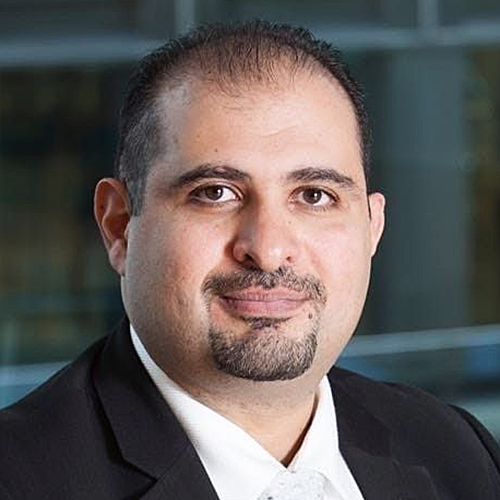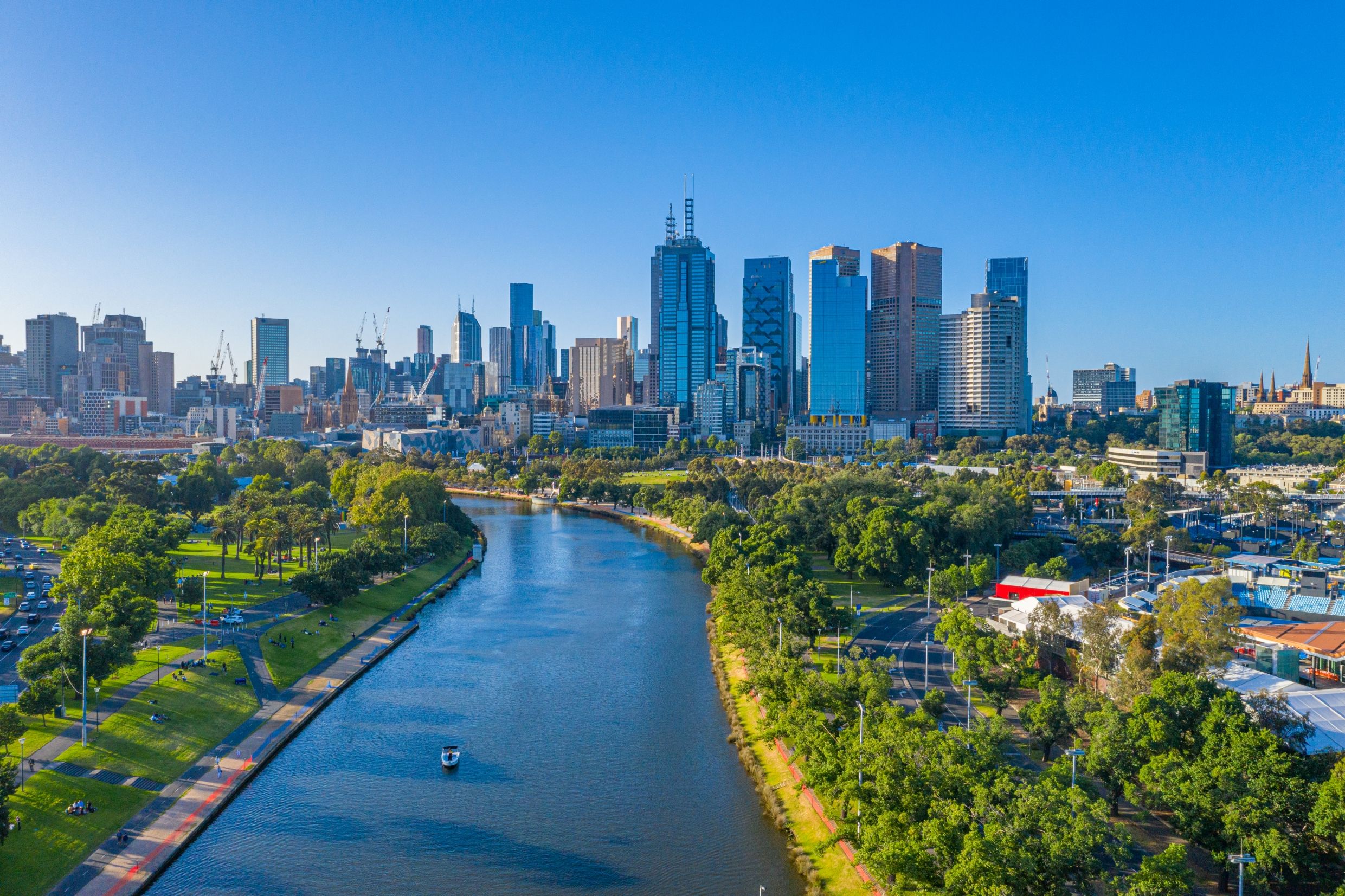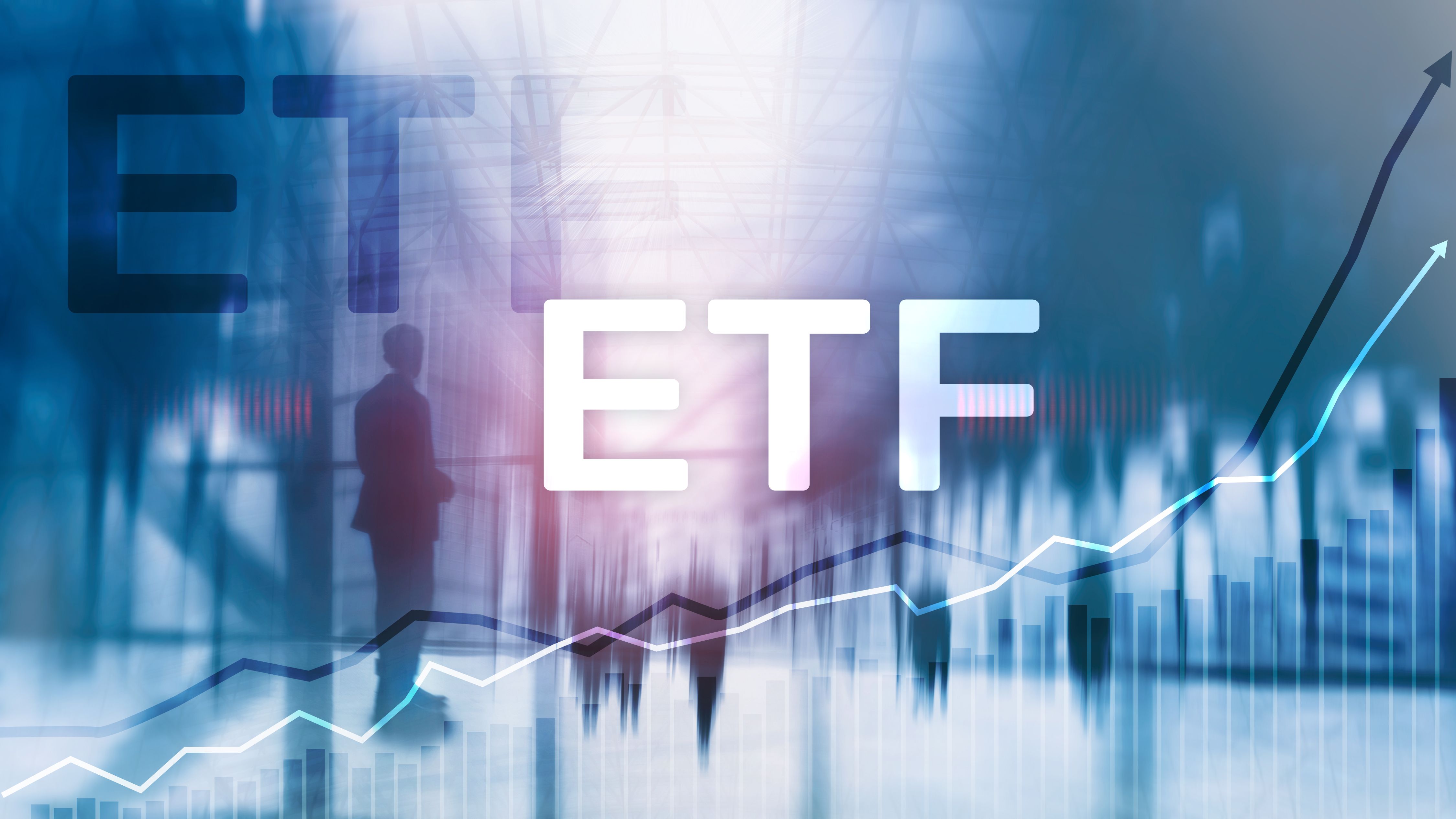Thematic investing became a buzzword in the financial media during the Covid-19 pandemic, but not many actually realize that the trend started way before the beginning of the outbreak. According to Broadridge, a total of US$247 billion has flowed into thematic funds between the first quarter of 2017 and the fourth quarter of 2020, of which over half – US$156 billion – was invested in 2020. Since 2017, thematic funds have represented 39% of all equity fund net sales.
The Asia-Pacific region, as a fast-growing part of the investment world, unsurprisingly plays a big role in this thriving trend. In fact, as of the end of 2020, the region accounted for a third of the US$679 billion in assets under management (AUM) in thematic funds globally – making it the second biggest region after Europe. It also saw a three-year compound annual growth rate (CAGR) of 34% between 2017 and 2020 and a one-year CAGR of 66% in 2020.
The flows into thematic funds in the region show that investors nowadays are looking for opportunities less by geography, asset class or sector, but instead more thematically. This is not to say these factors are not important, but that they need a new language that accompanies but does not replace these viewpoints.
Nine out of every 10 fund selectors believe that Covid-19 has accelerated existing trends and created new ones within the thematic universe. Those trends, or so-called emerging trends, include the “dawn of the remote economy” and new regulations on climate change. As a whole, the drastic need for the change of perspective has forced investee companies to evolve and defy traditional models of investing, all of which have been upended by Covid-19.
But even if there are fund selectors that are not thinking thematically, they are certainly putting it into practice. Among those interviewed in Asia-Pacific, 63% of them think thematically, lower than Europe and North America, but 80% of them do invest thematically.
Active management
Despite the rising trend, thematic funds are seldom a core element in investors’ portfolios. Instead, they tend to be used as diversifiers, which account for a rather small part of the portfolio. According to our Thematic Investing Set to Transform Asset Management? report, thematic funds make up 10% of a typical fund selector’s portfolio. For enthusiasts, it could be 15-18%. In Asia-Pacific, the average is 16%.
With themes constantly evolving, asset managers need to be nimble enough to capture inflection points and shifting patterns of growth. Investors, hence, prefer actively managed thematic funds, which is shown by the fact that 73% of thematic assets globally are held in active funds, according to the aforementioned report. Indeed, thematic funds are higher risk but often provide higher rewards too. Thus, long-term investors who have taken an active approach are better positioned to find any mispriced opportunities.
The importance of such actively managed thematic funds was recently underlined by China’s regulatory crackdown on technology and private education, which saw investors collectively lose tens of billions of US dollars as valuations of many companies in affected sectors plummeted. While a technology sector fund with a large weighting to China would have seen a heavy short-term impact, a thematic fund looking at the development and application of technology more generally across industries would have been more resilient and unlikely have seen such a significant impact. The long-term outlook for the technology sector in China remains positive, but it is equally important for investors to pay attention to technology themes that were accelerated during the pandemic, such as increased penetration of e-commerce, the emergence of the Internet of Things, and the generally enhanced ubiquity of technology in all aspects of our lives, which will likely persist for a long time to come.
Challenges and concerns
A challenge that new thematic fund investors could face is the difficulty to segment the thematic landscape in a coherent way, due to its diversity and complexity. With asset managers devising different approaches for segmentation, thematic funds can look confusing to investors.
There is a lack of differentiation, as many products are so similar that there is not enough product innovation. Lack of transparency is also an issue because some funds are given obscure names that make it difficult for investors to understand what their focus and goals are. In other words, investors prefer clearer titles and underlying holdings that consistently reflect the theme.
Investors should also be mindful to differentiate thematic funds from sector funds. For example, a technology fund would be considered a sector fund, but a robotic fund would be a thematic fund.
Thematic investing is expected to remain on the agenda in Asia-Pacific for the foreseeable future. While investors need to assess funds with a new lens, they should also look at them with the right lens. Adequate research and professional advice from trusted asset managers will help them identify thematic funds which consist of holdings that truly mirror the overall focus of the fund, and which can effectively diversify their portfolios.
Tom Riley is head of global thematic strategies, AXA Investment Managers.









